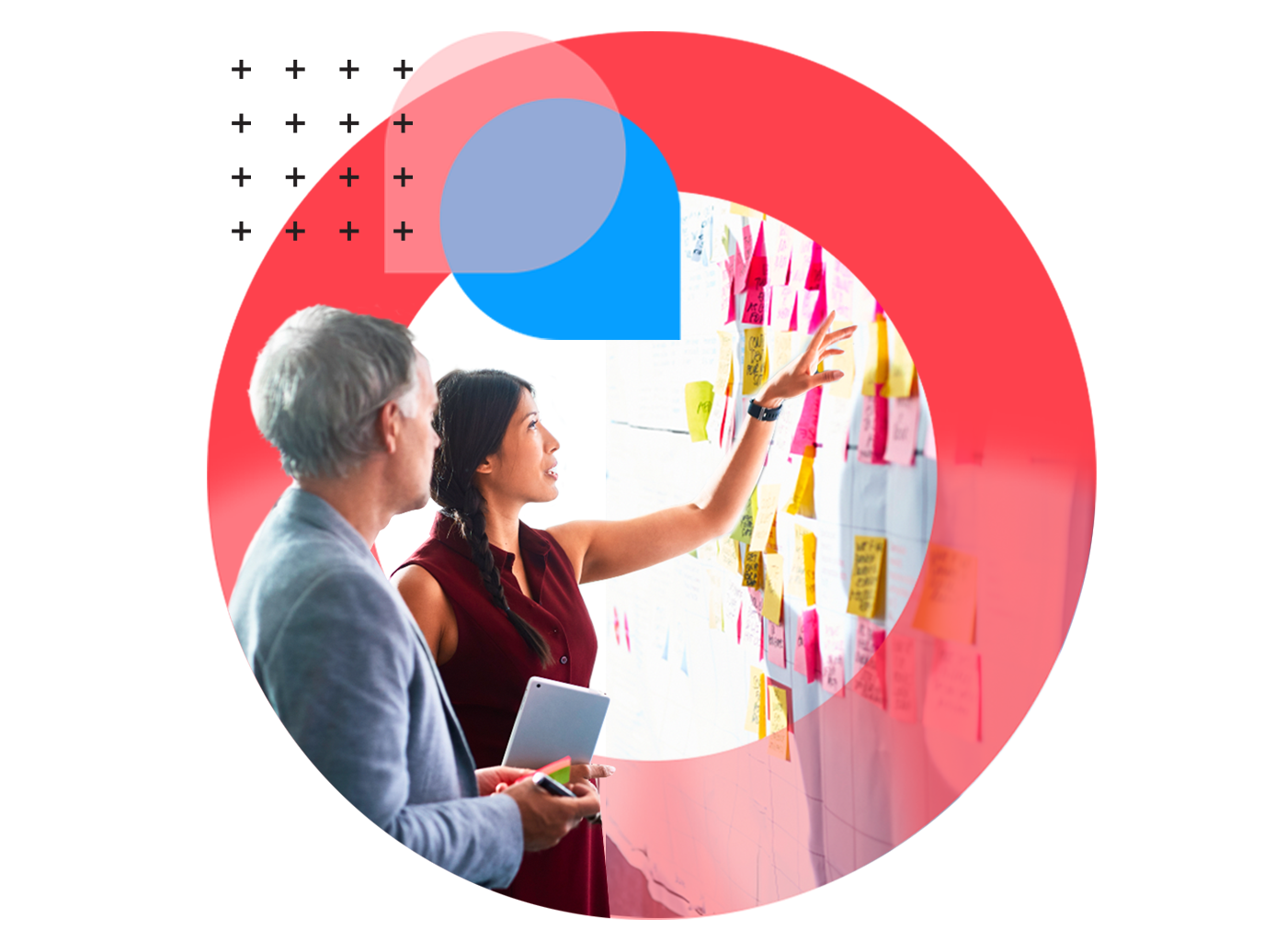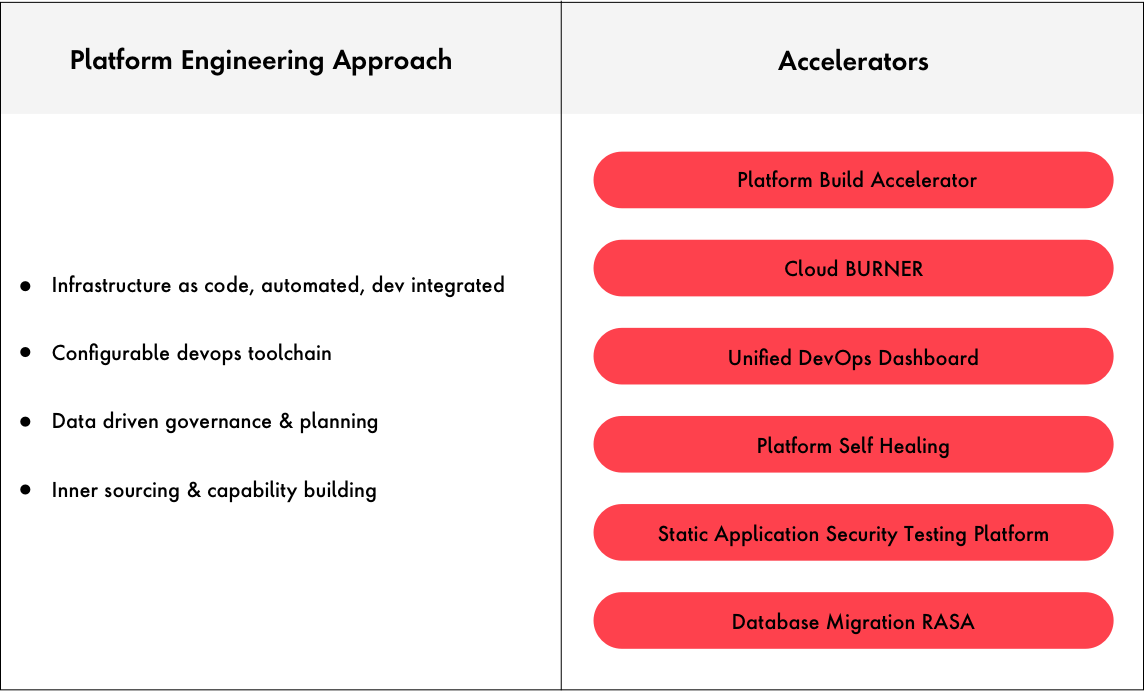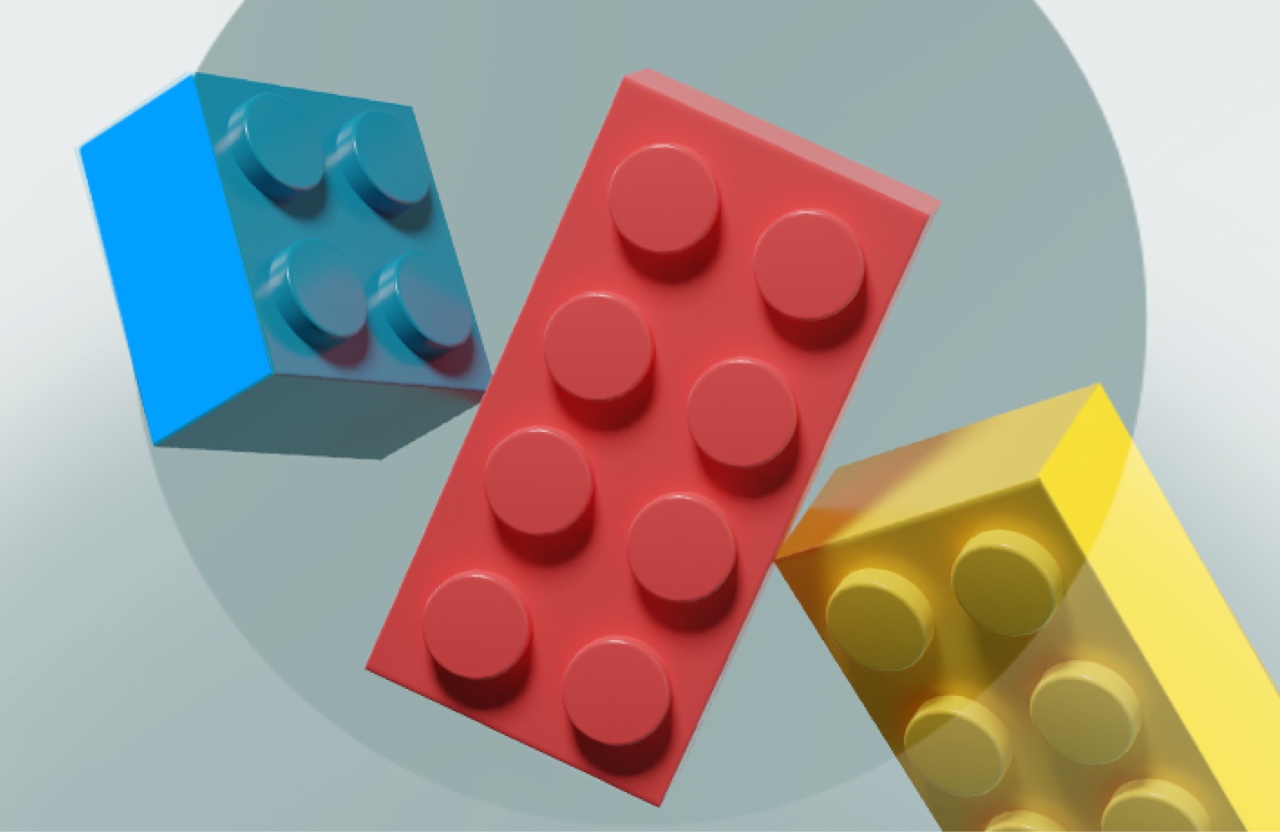What issue can we solve for you?
Type in your prompt above or try one of these suggestions
Suggested Prompt


Flexing Innovation: Composable Technology for Infrastructure Modernization
Five ways for organizations to address industry challenges with composable technology systems.


Many businesses take the “kick the can down the road” approach when it comes to modernizing their composable technology—the destination will be reached eventually, right?
Unfortunately, many organizations are left to play catch-up in keeping pace with their respective industry. This hesitation to modernize is often because of factors like legacy system integration, cost concerns, security and compliance, as well as cultural resistance to change.
Addressing these concerns requires careful planning, stakeholder engagement and a clear understanding of the potential benefits and risks associated with modernization and composable technology adoption.
88%
of CEOs planned to increase technology spend this year
#1
technology initiative for CEOs is to use technology architecture to drive revenue
A Gartner study reported that, by 2023, organizations that have adopted a composable approach will outpace the competition by 80% in the speed of new feature implementation.
Gartner also predicts that the total spend in cloud will exceed traditional infrastructure by 2025.
Transitioning from a monolithic technology architecture to a modular or composable technology is the most efficient way to drive long-term revenue, streamline business processes, increase efficiency, reach key clients and build digital resiliency to stay future-proof. But what does this modernization mean when it comes to redefining the landscape of modern business operations?
What is modular technology architecture?
Modular technology architecture breaks down technology into solution-specific modules that can be replicated across business-to-business (B2B) and direct-to-consumer (D2C) use cases. While this flexible approach has a high initial cost, it drastically reduces effort and spend over time because each technology module is independent of one another.
What is composable technology, and why is it important?
Simply put, composable technology is a technology solution or system that is designed with composable architecture. Unlike traditional, monolithic solutions—which are often rigid and inflexible with predefined sets of capabilities—composable technology is modular and customizable.
With these loosely coupled, modular components, the combinations are endless—and can push the limits of business agility, flexibility and scalability. This allows organizations to rapidly build, deploy and manage software in accordance with current business needs.

Ready to take your cloud journey to the next level?
Head over to our dedicated cloud modernization landing page to chart your modernization journey.
Modernizing technology through modular and composable architecture
One way to conceptualize the efficiency of modernization through modular and composable technology is by using the metaphor of building a home.
With a traditional or “monolithic” approach to home building, the general contractor creates a custom design from scratch. This highly unique construction is difficult to update and change as needs evolve over time.
With a modular approach to home building, the general contractor assembles a home using pre-built modules based on existing blueprints. The contractor can use guaranteed high-quality, independent modules built in a controlled factory environment. The initial investment in pre-built modules and blueprints allows for tremendous speed and the flexibility to swap out parts of the home with new ones as needs evolve.
A composable approach goes a step further, allowing homeowners themselves to independently design and update the architecture, room by room, through an easy-to-use application.
With composable technology, a non-technical team member can independently configure new technology. This opens the door for new business opportunities that may have been unrealistic due to limited resources within a monolithic architecture and other legacy operational systems in place.
“As you can see, it isn’t just about the technology itself. It’s about the operation and the organization behind it,” says Steiner.
Five use cases for technology modernization in the consumer products industry
As part of a larger digital business transformation, composable technology can help businesses address changing customer expectations, economic fluctuations and unique industry challenges.
Decision-makers can prove revenue growth quickly with modern technology investments in use cases like:

Business agility and flexibility
Composable technology can enable organizations to build flexible and agile systems that can quickly adapt to evolving business requirements, market conditions and other emerging technologies.
By breaking down monolithic silos into modular components, businesses can iterate, scale and evolve their technology solutions with greater speed and efficiency.
Composable technology allows financial institutions to quickly respond to evolving regulatory requirements by modularizing compliance functionalities. That way, these organizations can update compliance processes independently without disrupting other areas of the business.

Innovation and experimentation
With composable technology, organizations can begin to foster a culture of innovation and experimentation by providing teams with tools and resources to rapidly test and deploy new ideas.
By leveraging modular architecture, businesses can delve into modern approaches, integrate cutting-edge technology and drive continuous improvement across various aspects of business operations.
Composable architectures help the transportation and mobility sector to experiment with and integrate emerging technologies, such as electric vehicles, autonomous driving systems and Mobility as a Service (MaaS) platforms. By modularizing these technologies, organizations can pilot new solutions, evaluate their success and scale initiatives with ease.

Customization and personalization
Composable technology can empower organizations to deliver customer-first, tailored services and solutions. By assembling modular components based on specific needs and preferences, businesses can create personalized products, services and interactions that best resonate with individual users, which will drive customer engagement, loyalty and satisfaction.
Composable architectures help the transportation and mobility sector to experiment with and integrate emerging technologies, such as electric vehicles, autonomous driving systems and Mobility as a Service (MaaS) platforms. By modularizing these technologies, organizations can pilot new solutions, evaluate their success and scale initiatives with ease.

Scalability and resilience
Composable technology enables organizations to scale their infrastructure, applications and services in response to evolving demands and growth opportunities.
By leveraging modular architecture and cloud-native principles, businesses can dynamically allocate resources, optimize performance and ensure resilience against disruptions, which will enhance their ability to support changing business needs and market dynamics.
Composable technology enables energy companies to implement robust disaster recovery and business continuity strategies to minimize the impact of disruptions, such as natural disasters, cyberattacks or equipment failures. By replicating data, applications and services across geographically dispersed locations, organizations can ensure data integrity, service availability and regulatory compliance—even in adverse conditions.

Ready to take your cloud journey to the next level?
Head over to our dedicated cloud modernization landing page to unlock the full potential of cloud for your organization with downloadable resources.

Interoperability and integration
Composable technology can facilitate seamless interoperability and integration across disparate systems, platforms and environments. By adopting standardized interfaces, APIs and protocols, businesses can connect technologies, data sources and third-party services to create cohesive, end-to-end solutions that drive efficiency, collaboration and innovation across the enterprise ecosystem.
Hospitals and healthcare providers can use modular systems to integrate various patient data sources, such as electronic health records (EHRs), medical devices and wearable sensors. This integrated approach allows for real-time monitoring and patient care metrics, personalized treatment plans and improved coordination of care among healthcare professionals—which leads to better patient outcomes and satisfaction.
How Publicis Sapient can help
PS Cloud - Differentiations
PS embeds platform thinking to build and scale infrastructure infusing with business context, encouraging innovation w/o taking focus away from efficiency.

Publicis Sapient employs strategic platform thinking to create a unified, scalable infrastructure that drives innovation, optimizes processes and aligns with your business goals. We focus on making cloud and infrastructure journeys seamless with end-to-end guidance that positions stakeholders and businesses for sustained success.
Our Cloud Centers of Excellence (CCoE) empower CIOs and executive stakeholders to bring cloud strategies to life. We instill an agile mindset, provide essential tools, establish governance and best practices and deliver scalable knowledge and training.
Rather than just focusing on technology, Publicis Sapient takes a holistic, business-outcome approach to cloud.






